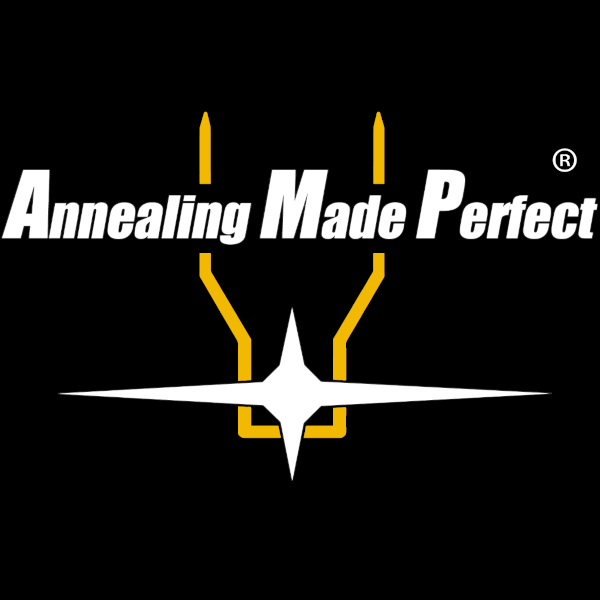So I’ve been annealing after sizing and tumbling brass, and am having consistent results going that route.
Almost anyone will say “Oh! You should anneal BEFORE you size your brass!”
I tried doing so last night and am Annealeez wheel will not continuously and consistently turn a piece of brass straight off the range.
Of those of you that use an Annealeez, are you cleaning your brass before annealing and AGAIN after you size?
SECONDLY...
What is the big advantage of annealing before sizing vs. after? As long as it is performed regularly, and it isn’t inducing any variations in dimensions of the brass, why should I be annealing before sizing instead of right before I prime, charge and seat bullets.
Almost anyone will say “Oh! You should anneal BEFORE you size your brass!”
I tried doing so last night and am Annealeez wheel will not continuously and consistently turn a piece of brass straight off the range.
Of those of you that use an Annealeez, are you cleaning your brass before annealing and AGAIN after you size?
SECONDLY...
What is the big advantage of annealing before sizing vs. after? As long as it is performed regularly, and it isn’t inducing any variations in dimensions of the brass, why should I be annealing before sizing instead of right before I prime, charge and seat bullets.


